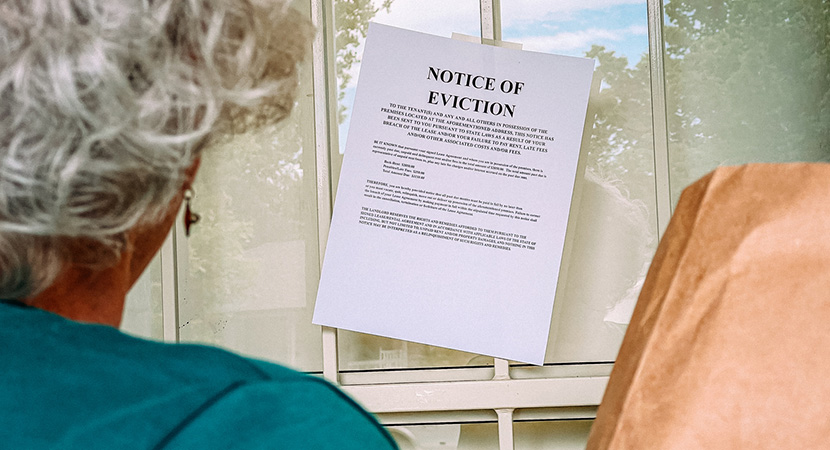The Biden-Harris administration’s recent announcement to tackle “junk fees” in the rental housing market has stirred significant discussion among property managers and industry stakeholders alike. As part of an effort to create a more fair and transparent rental market, this initiative addresses various hidden and often burdensome fees charged to renters. Here, we’ll explore the details of the new measures, their implications for property managers, and the differing perspectives within the industry.
The Initiative’s Key Components
On July 19, 2023, the White House unveiled several actions aimed at reducing rental fees that are often seen as excessive or unnecessary. These actions include:
- Commitments from Rental Platforms: Major rental listing websites such as Zillow, Apartments.com, and AffordableHousing.com have agreed to provide more upfront information about fees. This is intended to help renters understand the total cost of renting a property before signing a lease.
- HUD Research and Guidelines: The Department of Housing and Urban Development (HUD) released new research outlining strategies to address rental fees. This includes state, local, and private sector approaches to promote transparency and fairness.
- State-Level Legislative Actions: The White House has highlighted efforts by various states to codify measures that address hidden rental fees. This includes limiting allowable fees and deposits at the time of move-in or lease signing.
The Rationale Behind the Initiative
The administration’s push against rental “junk fees” stems from concerns about the financial burden these fees place on renters, particularly those with low incomes. Repeated application fees, convenience fees for online payments, and other hidden charges can add up quickly, making it difficult for renters to secure and maintain housing. The White House asserts that these fees often exceed the actual costs incurred by landlords and can distort the true cost of renting an apartment.
HUD Secretary Marcia Fudge emphasized the administration’s commitment to lowering costs for renters and building a more transparent rental housing marketplace. The goal is to alleviate some of the financial pressures on renters by ensuring they are fully aware of all potential costs upfront.
Industry Reactions
The initiative has elicited a range of responses from the rental housing industry. The National Apartment Association (NAA) and other industry groups have expressed both support and concern.
- Support for Transparency: Many property managers and industry organizations agree that increased transparency is beneficial. Clear disclosure of fees can improve trust between landlords and residents and streamline the rental process (NAAHQ).
- Concerns About Operational Costs: However, there are significant concerns regarding the categorization of standard industry fees as “junk fees.” Property managers argue that charges such as application fees cover essential costs related to tenant screening and administrative processing. According to them, these fees are necessary to manage properties effectively and maintain service quality.
Bob Pinnegar, President and CEO of the NAA, highlighted that rental housing is a narrow-margin industry where fees play a crucial role in covering operational expenses. He emphasized that amenities and services, which come at a cost, are clearly communicated during the leasing process. Pinnegar called for policymakers to recognize the operational realities and the role that these fees play in housing viability.
Implications for Property Managers
For property managers, the new measures present both challenges and opportunities. Here are some key considerations:
- Adapting to New Transparency Requirements: Property managers will need to ensure that all fees are clearly disclosed to prospects from the beginning. This may require changes to rental listings, marketing materials, and lease agreements to comply with the new transparency standards set by platforms like Zillow and Apartments.com.
- Reevaluating Fee Structures: The initiative may prompt property managers to reassess their fee structures. While some charges are necessary to cover operational costs, others might be seen as excessive by residents and regulators. Property managers should consider the actual costs and benefits of each fee and explore ways to streamline or reduce unnecessary charges.
- Engaging with Policy Makers: The rental housing industry has an opportunity to engage with policymakers to explain the necessity and rationale behind certain fees. This dialogue can help shape future regulations in a way that balances the needs of both renters and property managers.
- Enhancing Operational Efficiency: Property managers might also explore ways to enhance operational efficiency to reduce reliance on certain fees. This could include adopting new technologies for tenant screening, payment processing, and property management that can lower costs and improve service quality.
Balancing Perspectives
To maintain an impartial view, it’s essential to recognize that both sides of the debate have valid points. On one hand, renters benefit from greater transparency and reduced financial burdens, which can make housing more accessible. On the other hand, property managers need to cover their operational costs and provide quality services, which often necessitates certain fees.
Conclusion
The White House’s initiative to tackle rental “junk fees” represents a shift towards greater transparency in the rental market, outlined initially in the administration’s “Blueprint for a Renter’s Bill of Rights.” This initiative presents challenges and opportunities for property managers to adapt and improve their practices. By embracing transparency, reevaluating fee structures, and engaging with policymakers, property managers can help create a more fair and more sustainable rental market.
In the end, the goal is to strike a balance that benefits both renters and property managers, ensuring that the rental housing market remains viable and accessible for all parties involved. As the industry navigates these changes, ongoing dialogue and collaboration will be integral to achieving this balance and fostering a healthier housing ecosystem.






